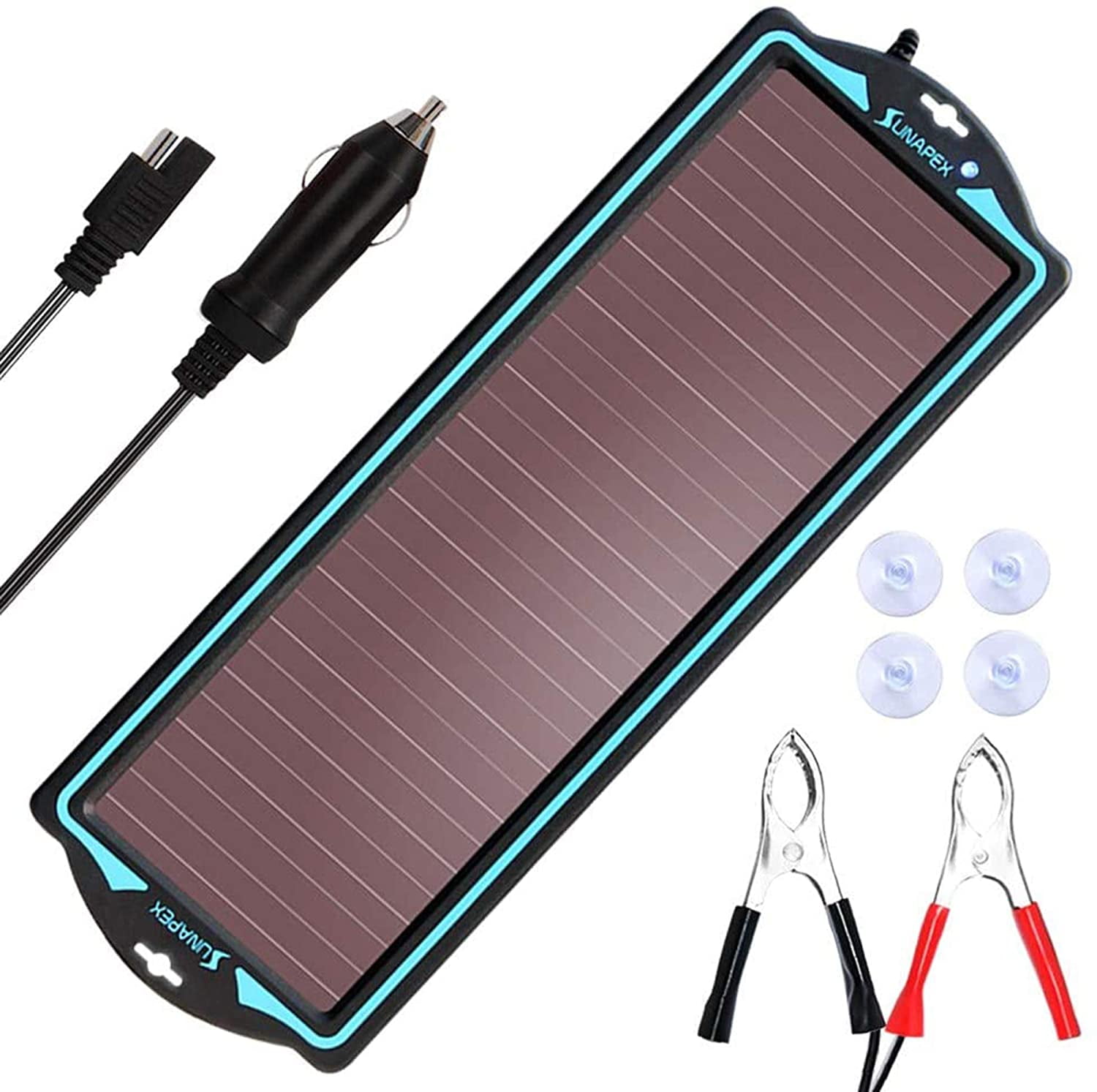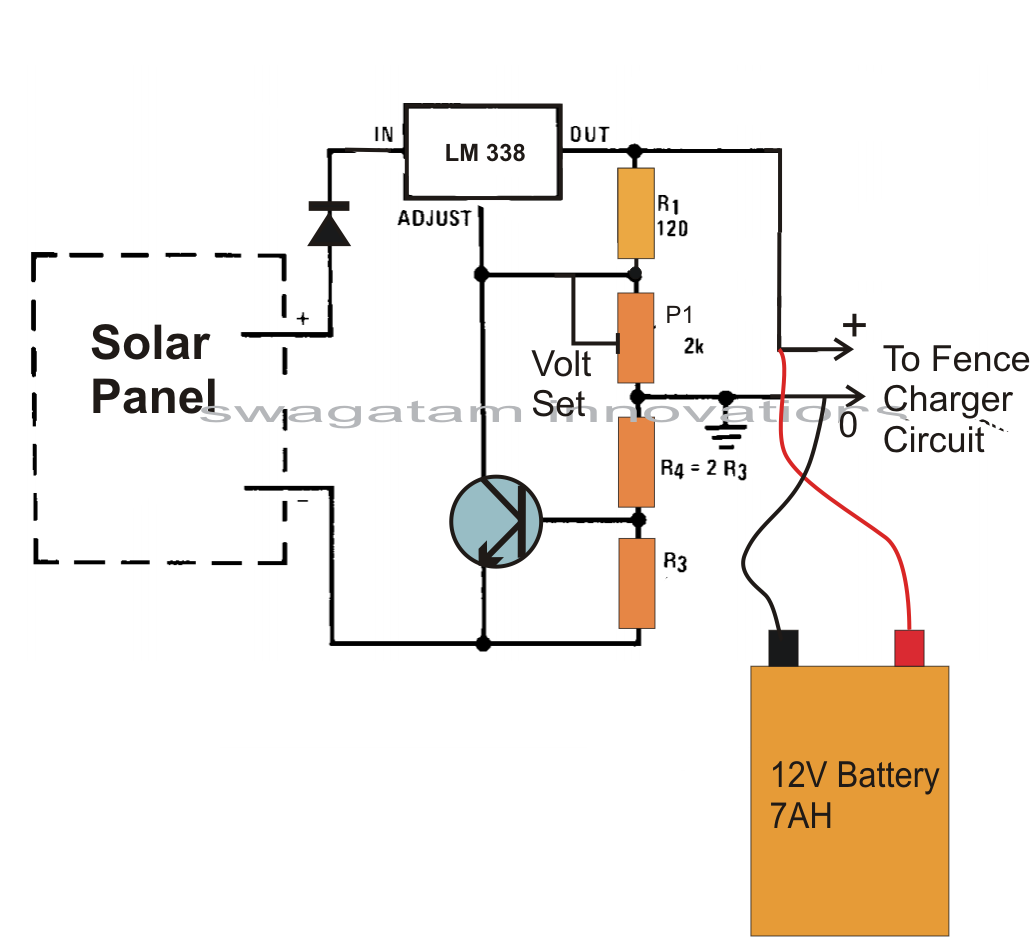
Using this setup, you have to monitor the battery levels for them not to deplete. See the following diagram for reference: Charge controller to battery and loads From here, you can wire it directly to the inverter or to a busbar. If you have a device that can draw a lot of current like an inverter or battery charger, you need to attach the wires directly to the battery terminals.

Never attach an inverter, battery charger, or a device that draws a lot of current (amps) to the load terminal of a charge controller. DC fuse box attached to the load terminals of a charge controller You can only attach 240 Watts (20 amps x 12 Volts) to the load terminals. These terminals cannot deliver high currents but will protect your battery from over-discharging.įor example, the renogy rover 20/40Amp series, can only supply 20 Amps at its load terminals both for the 20 amp and 40 amp version. Only use this option if you have a small DC load. Attach the loads to the battery terminal.Attach the loads to the charge controllers output terminal.These can be an inverter, 12 volts dc box or both. There might be a small spark but that is normal (charging of the capacitors in the charge controller). When connecting the battery to the charge controller, you need to wire the black (negative) wire first, then the red (positive) to the charge controller. The biggest mistake is choosing wires that are too small. You need to keep these wires as short as possible because they will be expensive. Some charge controllers have small terminals. Make sure the thickness of the wire can be put inside of the terminals.
#12V BATTERY CHARGER SOLAR PANEL MANUAL#
The manual of the charge controller will also suggest a wire size and a fuse size.
#12V BATTERY CHARGER SOLAR PANEL HOW TO#
Learn how to select wires and thickness in my book. Flexible wires with a nylon coating are preferred (THWN-2 cable). If you get a 20 amp charge controller, you need to use a wire thickness that can carry 20 amps without overheating (AWG14 / 2.5mm² or bigger). The thickness of the wire will depend on the type of charge controller you get.

Read more: Can I connect my charge controller directly to an inverter? Wiring the battery to the charge controller This is why you can’t connect your solar panel directly to your battery. When the battery is full, the charge controller will stop delivering energy to the battery. The charge controller also senses if the battery is full. Can you see the problem here? If there is no charge controller to provide a regulated voltage to your battery, it will get overcharged and damage will occur. However, the output from your solar panel can range from 17 to 48 volts depending on the type. A solar panel has a higher voltage than the battery Your 12V battery only needs around 13.6 volts from a 12V solar panel to get charged. To understand this situation, picture a scenario where your solar panel is getting sufficient sunlight.

What is a charge controller, and why do I need one?Ī charge controller is a device that regulates the current and voltage that goes to the battery. Always connect your battery to the charge controller first.


 0 kommentar(er)
0 kommentar(er)
